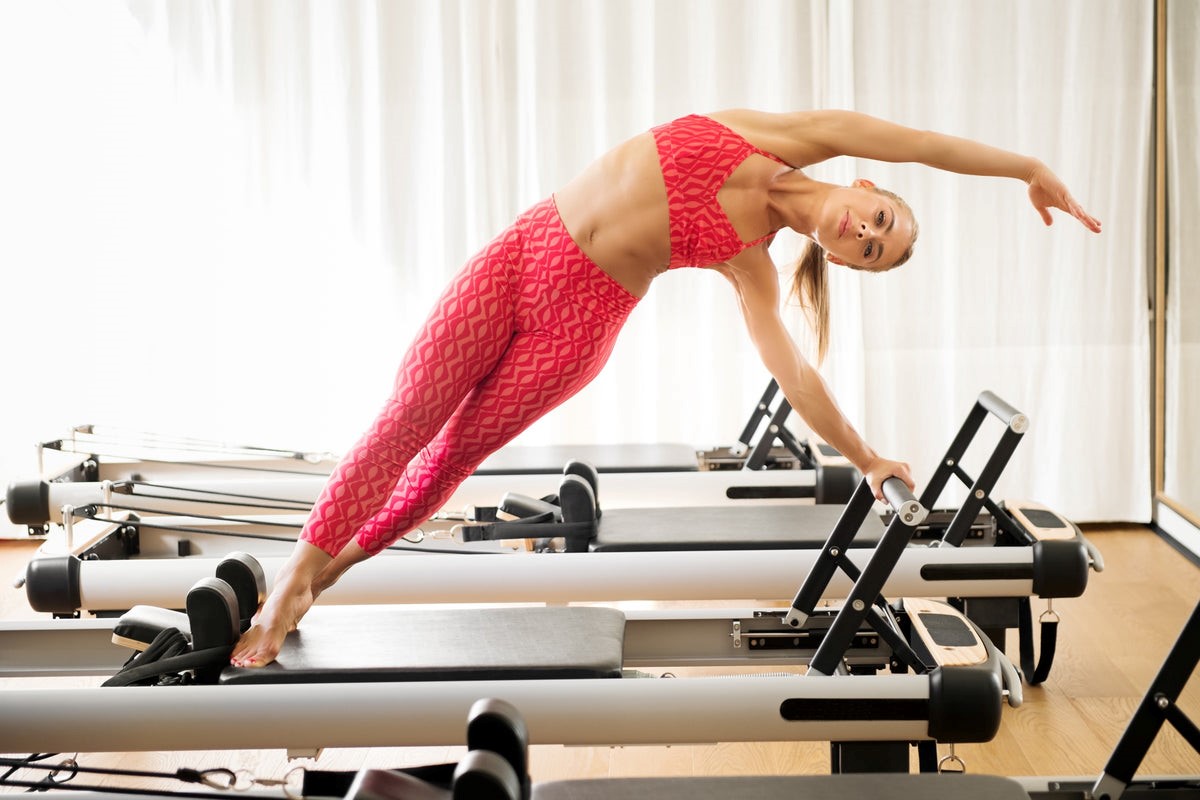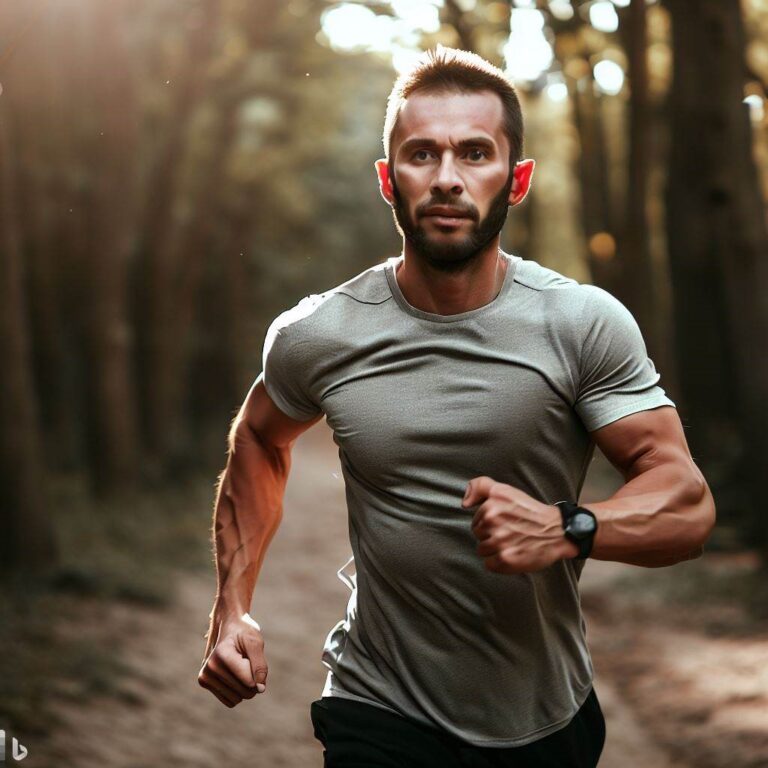Pilates has gained immense popularity as a holistic approach to physical fitness, focusing on core strength, flexibility, and overall body conditioning. Advanced Pilates takes this practice to a higher level, providing individuals with a challenging and dynamic workout experience. In this article, we delve into the origins of Pilates, explore the benefits of advanced Pilates, and discuss some potential drawbacks to consider.
Origins of Pilates: Developed by Joseph Pilates during the early 20th century, Pilates was initially known as “Contrology.” Joseph Pilates believed that physical and mental health were intertwined, and he designed a system of exercises to improve strength, flexibility, and posture. Pilates draws inspiration from various disciplines, including gymnastics, yoga, and martial arts. Over time, Pilates has evolved into different variations, with advanced Pilates being one of the most demanding and comprehensive forms.
Benefits of Advanced Pilates:
Core Strength and Stability: Advanced Pilates places significant emphasis on core muscles, including the deep abdominal, back, and pelvic floor muscles. By targeting these muscles, advanced Pilates can improve overall core strength and stability, enhancing posture and reducing the risk of back pain and injuries.
Increased Flexibility: Advanced Pilates incorporates a range of stretching exercises that promote flexibility in the muscles and joints. Regular practice can help improve range of motion, prevent muscle imbalances, and enhance overall mobility.
Improved Body Awareness: Advanced Pilates requires a high level of concentration and body awareness. Through precise movements and controlled breathing techniques, individuals develop a deeper connection between their mind and body, fostering a heightened sense of body awareness and mindfulness.
Enhanced Muscular Endurance: The varied and challenging exercises in advanced Pilates work multiple muscle groups simultaneously. This type of training can lead to improved muscular endurance, allowing individuals to perform physical activities for more extended periods without fatigue.
Postural Alignment: Advanced Pilates exercises emphasize correct alignment and posture. By strengthening the muscles responsible for maintaining proper posture, individuals can develop better body alignment, reducing strain on the spine and joints and promoting a balanced physique.
Drawbacks and Considerations:
Complexity and Skill Level: Advanced Pilates is not suitable for beginners or those with limited experience in Pilates. It requires a solid foundation and understanding of basic Pilates principles. Therefore, it is crucial to progress gradually and seek guidance from a qualified instructor.
Physical Demands: Advanced Pilates exercises can be physically demanding and challenging. Individuals with pre-existing injuries or certain health conditions should consult with their healthcare provider before engaging in advanced Pilates. Modifications and appropriate progressions should be employed to avoid overexertion or potential injuries.
Equipment and Space Requirements: Some advanced Pilates exercises utilize specialized equipment such as reformers, Cadillac machines, or the Wunda chair. Access to such equipment and sufficient space may be limiting factors for some individuals.
Personalized Instruction: Due to the complexity and precision required in advanced Pilates, it is essential to receive personalized instruction from a qualified and experienced instructor. This ensures proper form, technique, and progression, reducing the risk of injury and maximizing the benefits of the practice.
Conclusion:
Advanced Pilates offers a challenging and comprehensive approach to fitness, building upon the principles established by Joseph Pilates. With its focus on core strength, flexibility, and body awareness, advanced Pilates can provide numerous benefits. However, it is important to consider personal fitness levels, seek proper instruction, and be mindful of individual limitations and potential drawbacks. By approaching advanced Pilates with caution and under expert guidance, individuals can experience the transformative effects of this dynamic and rewarding exercise practice.




